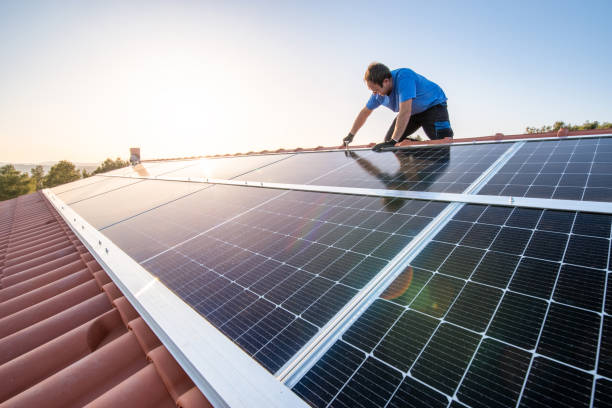By definition, the construction industry is one of the most significant consumers of minerals and natural resources. The concerns about global warming and the finite nature of resources. The need for and significance of sustainability in construction has become a hotly debated topic. This common knowledge increased the pressure on construction companies to reduce their environmental impact. But what exactly is sustainable construction, and how does one make the transition to a more environmentally friendly development method? Are there any advantages, and what are the best methods?

What exactly is Sustainable Building?
To reduce energy consumption and toxic waste, sustainable construction projects use renewable and recyclable materials. The primary goal of this initiative is to reduce the industry’s environmental impact through the use of sustainable construction methods, energy efficiency, and green technology.
While many businesses in various industries are working to become more environmentally responsible, many are focusing on the construction industry because it is the largest user of global resources. This industry alone accounts for roughly half of global raw material consumption and is a significant waste producer. It distinguishes construction because it can significantly reduce the effects of global warming by changing outdated practices.
Methods of Sustainable Construction
Many construction companies are beginning to recognize the significance of sustainable and green building methods. With a growing interest in sustainability and energy conservation, new advancements in technology, materials, and practices have been developed over the last decade to enable and promote overall efficiency.
Materials are one of the best ways to implement sustainability in construction. Technological advancements have paved the way for a new generation of more robust, lighter, and renewable building materials. Such as insulated access doors and panels, which can help push traditional practices toward greater environmental sensitivity.
The Advantages of Green Building
Construction sustainability benefits individuals and communities in addition to the environment. There are numerous proven benefits to implementing a green initiative in the construction industry, including:
Better Ways to Live
It goes without saying that our surroundings have a significant impact on our physical, mental, and emotional health. Designers and builders have developed a sustainable architecture that has had a significant impact on the overall health of the inhabitants of green buildings over the last decade. We can now branch out and modernize everyday appliances. Occupants who live or work in sustainable buildings report an improvement in their health, stress levels, and overall quality of life.
Reduces Waste
Global warming has remained a constant source of concern for decades, owing to its increasingly visible effects on our planet. Pollution and depletion of our natural resources are at an all-time high. We can still use sustainable technological advancements to mitigate or slow the effects of climate change. Construction companies have begun to rely on renewable resources and methods, which are beneficial to us and a cleaner environment.
Cost-effectiveness
One of the most significant advantages of sustainable buildings is their lower maintenance costs. Reduced maintenance and operational costs translate into significant savings that can be invested elsewhere.
Although the initial cost of constructing such structures may be higher than that of traditional non-renewable forms of architecture, these efficient layouts can save corporate and building owners money in the long run.
Reduces Material Costs
Sustainable construction methods use eco-friendly materials without sacrificing quality or structural integrity. Many of these materials are re-used and recycled. Biocomposites, which are commonly used as sustainable building materials, have proven to be as dependable and long-lasting as their non-renewable counterparts.
Energy efficiency is still the number one priority and goal of green architects in building design. Building structures that derive their energy from natural resources such as wind, sun, and water are extremely beneficial to our environment.